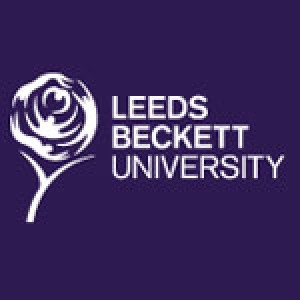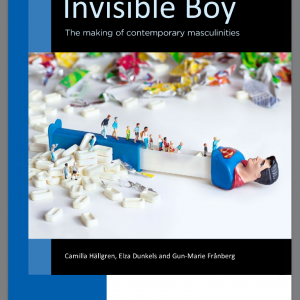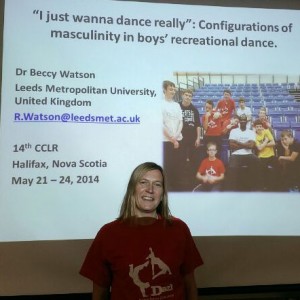DANCE AND HEALTH RESEARCH
The DAZL Model - "Reducing Inequalities and tackling inactivity through asset-based community development and dance".
1. Participation – Engaging inactive children and young people through dance as physical activity.
2. Community Leadership – Engaging and empowering local people/ communities.
3. Partnerships – Supporting and delivering the wider health/ social care agenda.
4. Artistic Development & Progression Support – Developing and nurturing new and existing local talent.
5. Celebrating Communities & Performance Opportunities – bringing the community together and championing positive achievements.
Please download the PDF of the DAZL Model and case study 2020 here DAZL Model and Case Study 2020 Doc
RESEARCH PROJECTS
DAZL are working with Leeds City Council Public Health Department and Leeds Beckett University on various research projects to contribute to the national evidence base concerning asset-base community community development, dance and health.

NHS Leeds / Leeds City Council
DAZL’s Health related research in partnership with NHS Leeds/ Leeds City Council Public Health and Leeds Beckett University. We are currently working on various research projects looking at health benefits of the DAZL model for children, young people and the wider community. This research will highlight the effectiveness of the model. Previously we have produced a feasibility study with children in West Leeds.

Invisible Boy - Featuring the DAZL Boys

Masculinity and Dance - Pilot Project
In 2012 DAZL took part in a research project in partnership with RJC Dance & Leeds Beckett – This was a boys Dance Project “Flip & Strike 2” following on from previous work done with RJC Dance. The boys worked with Artist De-Napoli Clarke on the DAZL Dub piece which they performed at the DAZL Community show and RJC Dance Show 2012. Click on this link for paper on this work DAZL – Masculinity and dance LS1 Magazine. We also had the boys take part in a video questionnaire which captured how they felt about the project, you can view the clips on our YouTube Channel DAZL and Dr Rebecca Watson of Leeds Beckett is continuing the work on boys exploring masculinity and dance and has some exciting new research being conducted to provide tangible evidence as to the health benefits of community dance projects such as DAZL.

AE-SOP Marketplace Website
Please checkout this link to the Aesop Marketplace which has been setup to be like an online dating site. It matches health decision-makers with relevant arts in health programmes in an attractive and time-efficient way to enable the work/ conversations to happen. The 24 programmes selected can be filtered by NHS region and four health topics including DAZL and reserch on Dance & Health, this is the website https://www.aesopmarketplace.org/

DAZL Featured as example of good practise in engaging with public health and dance nationally
In the One minute guide to Dance and Health by Arts Council England DAZL is Featured as an example of excellence in engaging and improving health through dance as a regular commissioned public health programme please click One-minute guide to health . This is also the case in Public Health Englands “commissioning dance for health and well-being: guidelines for commissioners” document – http://www.noo.org.uk/Resources/Nice_Sign –

Info on pilot research impact of DAZL Model 2016
A team of researchers from Leeds Beckett University – Dr Beccy Watson, Dr Brett Lashua and Dr Pip Trevorrow (supported by PhD students from the Research Centre for Diversity, Equity and Inclusion and final year students on Physical Activity degree) – worked with DAZL during 2015. Initial findings show that DAZL really does make a positive difference to health and well being for young people from disadvantaged communities in Leeds. DAZL participants meet and often exceed Public Health England guidelines for physical activity levels and data suggests that the types of dance DAZL deliver, with a big emphasis on cheer and hip-hop, that high levels of ‘vigorous’ activity (drawing on preliminary accelerometer data) are often achieved. That means young people are getting plenty of worthwhile exercise in their DAZL classes! Other research data shows how the five features of the DAZL model are really effective in engaging with communities and sustaining involvement – DAZL participants talk about (in focus group discussions and interviews) how they feel respected and part of the wider ‘DAZL family’. The research team also carried out a mapping exercise to highlight just how widespread DAZL provision is across areas classed as ‘deprived’ by the local authority (and government). This has made a significant contribution to how Leeds is regarded as a ‘city of dance’. Next steps from the researchers’ point of view are to gather more detailed information about the different ways that DAZL really does make a difference to young people in Leeds.
